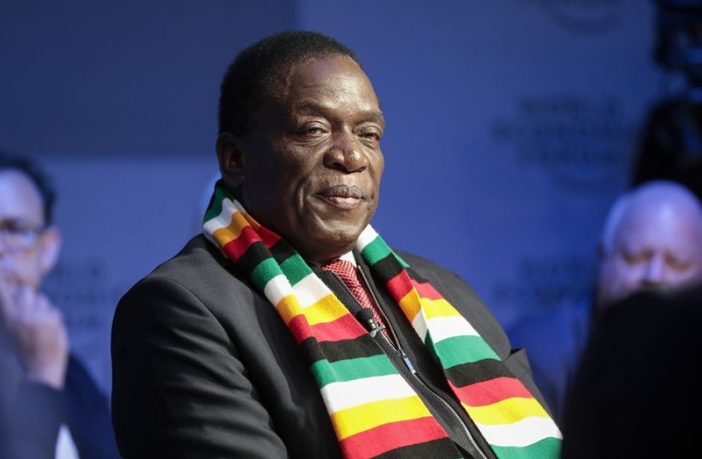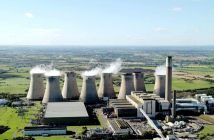- New IPP license applications will have a combined total output of 167MW.
- Gombe Power Solutions has the biggest proposal – 100MW solar PV plant in Mashonaland West province.
- ZERA the Zimbabwean regulator highlights the fact that, in the past, government had to resort to drafting a policy aimed at ensuring that IPP license holders implement approved projects.
Zimbabwean-based Independent Power Producers (IPPs) have requested that the Zimbabwe Energy Regulatory Authority (ZERA) award them independent licenses to produce their own energy.
According to the Herald, the energy regulatory authority revealed this in notices this week.
Gombe Power Solutions has the biggest proposal as it plans to invest in a 100MW solar PV plant in Mashonaland West province. Meanwhile, Tugwi Mukosi Hydro Power Company and Triangle Solar systems (Private) Limited are seeking to construct 15MW hydropower and 45MW solar PV plants respectively.
Dairy foods manufacturer, Kefalos Cheese products (Private) limited from Mashonaland East, is also seeking to establish 0,6MW power plant for own industrial consumption. If approved, the proposals will see the applicants producing up to 167MW.
“Notice is hereby given that the Zimbabwe Energy Regulatory Authority has received an application from Gombe Power Solutions (Private) Limited to construct, own, operate and maintain the proposed 100 megawatts solar PV plant at Twyford Estate, Selous in Mashonaland West Province,” said ZERA in a statement in respect of Gombe Power Solutions (Pvt) Ltd application.
“The works will also entail the construction of a 20km 132kV line from the solar plant to the existing Zimbabwe Electricity and Transmission and Distribution Company (ZETDC) Selous 330 /132kV substation and installation of related ancillary equipment,” said ZERA.
Three years ago, an official from ZERA revealed that government had to resort to drafting a policy aimed at ensuring that IPP license holders implement approved projects.
At that time ZERA stated that IPPs are not progressing with power generation, despite some being awarded licenses more than 10 years ago. If implemented, Zimbabwe’s power deficit gap could be reduced significantly.
The country currently covers its power deficit with imports from Mozambique’s Hydro Cahora-Bassa and South Africa’s Eskom (350MW combined).
Author: Babalwa Bungane
This article was originally published on ESI Africa and is republished with permission with minor editorial changes. Link to original











